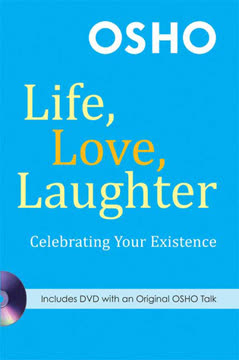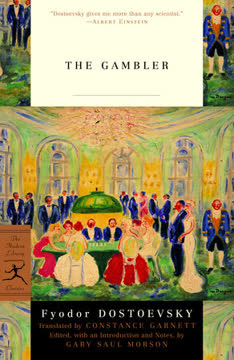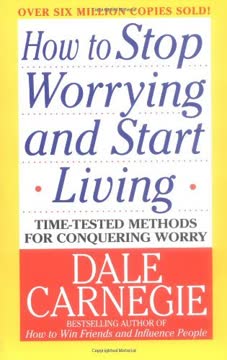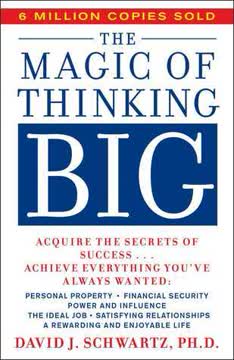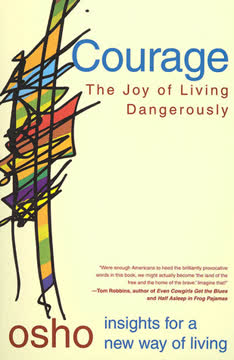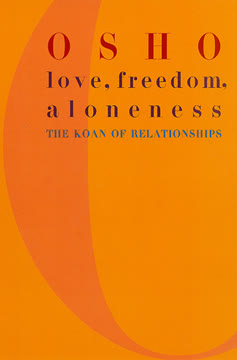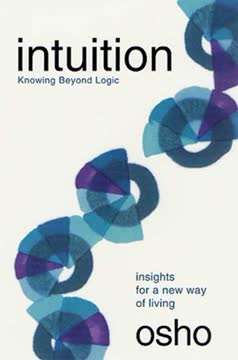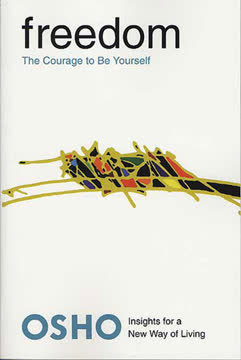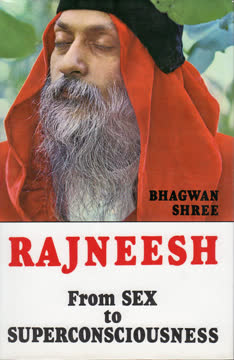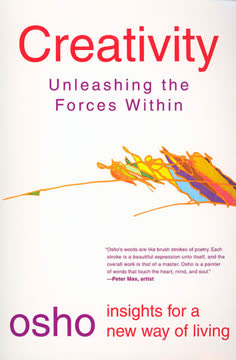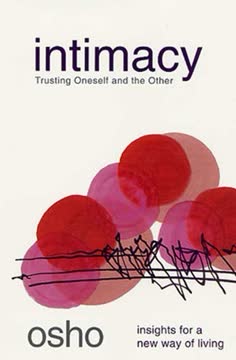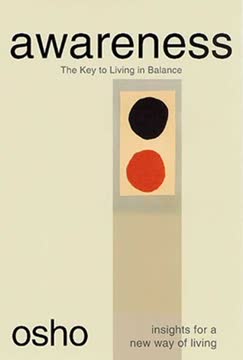Key Takeaways
1. Life is a mysterious journey of self-discovery and love
Life is not somewhere waiting for you, it is happening in you. It is not in the future as a goal to be arrived at, it is herenow, this very moment—in your breathing, circulating in your blood, beating in your heart.
Life as an ongoing process. Life is not a destination but a continuous unfolding of experiences in the present moment. It's not something to be found externally, but rather an internal journey of self-discovery and growth. This perspective shifts our focus from future goals to the richness of our current existence.
Love as the essence of life. The Bauls, mystic poets of India, view love as the divine melody that connects us to the universal energy. This love transcends romantic relationships and encompasses a deep connection with all of existence. By cultivating this expansive love, we align ourselves with the fundamental force that binds the universe together.
- Key aspects of life's journey:
- Embracing uncertainty and mystery
- Cultivating self-awareness
- Developing a loving connection with all beings
- Recognizing the divine in everyday experiences
2. Embrace the present moment and transform negative emotions
Drop the past each moment. Remember to drop it. Just as you clean your house every morning, every moment clean your inner house of the past.
Living in the now. The present moment is the only true reality we have. By constantly dwelling on the past or worrying about the future, we miss the richness of our current experience. Osho emphasizes the importance of releasing past attachments and future anxieties to fully engage with life as it unfolds.
Transforming negative emotions. Rather than suppressing or acting out negative emotions, Osho suggests observing them without judgment. This practice of mindful awareness allows emotions to naturally transform, turning anger into compassion and fear into courage. By patiently witnessing our inner landscape, we can alchemize our emotional states.
- Techniques for embracing the present:
- Mindful breathing
- Body awareness exercises
- Regular meditation practice
- Cultivating gratitude for simple experiences
3. Love is the ultimate path to spiritual growth and fulfillment
Love cannot exist with a serious mind. With a serious mind, logic is in tune. Be nonserious. I'm not saying not to be sincere. Be sincere, but be nonserious.
Love as a spiritual practice. Osho presents love not just as an emotion, but as a transformative force that can lead to profound spiritual growth. This love goes beyond romantic attachments and encompasses a deep connection with all of existence. By cultivating this expansive love, we open ourselves to the divine and experience life more fully.
Balancing sincerity and playfulness. While love is a serious endeavor, it thrives in an atmosphere of lightness and joy. Osho encourages us to approach love with sincerity but without the heaviness of excessive seriousness. This balance allows for deeper connections and more authentic expressions of love.
- Aspects of love as a spiritual path:
- Cultivating compassion for all beings
- Practicing non-attachment in relationships
- Seeing the divine in every person and situation
- Using love as a means of self-transcendence
4. Meditation and awareness are key to unlocking life's true potential
Meditation is deautomatization in the beginning. Then you will start working with a new awareness—efficiency remains in the body, and consciousness remains alert. You don't become a machine, you remain a man.
Meditation as a tool for awakening. Regular meditation practice helps break the automatic patterns of thought and behavior that keep us trapped in limited perspectives. By cultivating awareness, we can respond to life with greater clarity and creativity, rather than reacting from conditioned habits.
Integrating awareness into daily life. The goal of meditation is not just to have peaceful experiences during formal practice, but to bring that heightened awareness into every aspect of our lives. This integration allows us to live more fully and authentically, making conscious choices rather than being driven by unconscious impulses.
- Benefits of meditation and awareness:
- Increased mental clarity and focus
- Reduced stress and anxiety
- Enhanced emotional regulation
- Greater access to intuition and creativity
- Deeper sense of connection with oneself and others
5. Laughter and playfulness are essential for a joyful existence
I am against all seriousness. My whole approach is that of humor, and the greatest religious quality is a sense of humor—not truth, not God, not virtue, but a sense of humor.
Embracing humor and lightness. Osho challenges the notion that spirituality must be serious and solemn. Instead, he advocates for a joyful approach to life that includes laughter, playfulness, and a sense of humor. This perspective allows for a more expansive and enjoyable spiritual journey.
Laughter as a spiritual practice. Regular laughter can be a powerful tool for releasing tension, breaking through mental barriers, and connecting with others. Osho suggests incorporating laughter into our daily lives and even our meditation practices as a way to cultivate joy and lightness of being.
- Ways to cultivate playfulness and humor:
- Laughing meditation (laughing for no reason)
- Seeking out comedy and humorous content
- Practicing not taking oneself too seriously
- Finding humor in everyday situations
- Engaging in playful activities with others
6. Transcend ego and attachments to experience true freedom
Ego arises out of disturbance, but ego has its own logic. It goes on saying that you are important, that you are the most important man in the world, and you have to prove it.
Understanding the nature of ego. The ego is our sense of separate self, which creates a false identity based on our thoughts, beliefs, and attachments. While necessary for functioning in the world, an overactive ego can lead to suffering and limitation. Osho encourages us to recognize the illusory nature of the ego and to transcend its constraints.
Letting go of attachments. Our attachments to people, possessions, and ideas keep us bound to limited perspectives and experiences. By loosening these attachments, we open ourselves to greater freedom and a more expansive view of life. This doesn't mean renouncing the world, but rather engaging with it from a place of non-attachment and openness.
- Practices for transcending ego and attachments:
- Self-inquiry and questioning of beliefs
- Meditation on the nature of self
- Practicing non-attachment in relationships and possessions
- Cultivating witness consciousness
- Embracing uncertainty and not-knowing
7. Cultivate a balance between seriousness and humor in life
Seriousness is a kind of disease: it is the cancer of the soul. . . . It is only through love and laughter and a tremendous joy in life that you start feeling the presence of something that is beyond.
Finding the middle way. While Osho advocates for humor and playfulness, he also recognizes the importance of sincerity and depth. The key is to find a balance between these seemingly opposing qualities, allowing for both lightness and profundity in our approach to life.
Integrating joy and depth. By cultivating both joy and depth, we can experience life more fully and authentically. This integration allows us to engage with life's challenges and mysteries while maintaining a sense of lightness and perspective. It enables us to navigate the complexities of existence with grace and wisdom.
- Ways to balance seriousness and humor:
- Practicing mindfulness in both joyful and challenging moments
- Cultivating the ability to laugh at oneself
- Approaching spiritual practices with both dedication and playfulness
- Finding humor in life's difficulties without dismissing their importance
- Engaging in both deep contemplation and lighthearted activities
Last updated:
FAQ
What is "Life, Love, Laughter" by Osho about?
- Exploration of Three Themes: The book is a collection of Osho’s talks focusing on the interconnectedness of life, love, and laughter as the foundation for a meaningful and joyful existence.
- Spiritual and Practical Guidance: Osho offers spiritual insights and practical advice on how to live authentically, love deeply, and embrace humor as a path to enlightenment.
- Emphasis on Experience: The book encourages readers to move beyond intellectual understanding and to experience life directly, through awareness, meditation, and playfulness.
- Integration of Eastern Wisdom: Drawing from Eastern philosophies, mystics, and poets, Osho weaves together stories, parables, and teachings to illustrate his points.
Why should I read "Life, Love, Laughter" by Osho?
- Transformative Perspective: The book challenges conventional beliefs about seriousness, love, and the search for meaning, offering a liberating perspective on living fully.
- Accessible Wisdom: Osho’s conversational style, humor, and use of stories make profound spiritual concepts accessible and relatable.
- Practical Tools for Living: Readers gain practical methods for meditation, self-awareness, and letting go of societal conditioning.
- Inspiration for Joyful Living: The book inspires readers to embrace life with courage, creativity, and a sense of humor, making it relevant for anyone seeking more joy and authenticity.
What are the key takeaways from "Life, Love, Laughter" by Osho?
- Life is a Mystery to Be Lived: Life cannot be solved or understood intellectually; it must be experienced directly and with wonder.
- Love as a State of Being: True love is not a relationship or attachment but a quality of being that radiates from within.
- Laughter as Spiritual Practice: Humor and laughter are essential for spiritual growth, helping to dissolve ego and seriousness.
- Meditation and Awareness: Living in the present, dropping the past and future, and cultivating awareness are central to Osho’s teachings.
How does Osho define the meaning of life in "Life, Love, Laughter"?
- Meaning is Self-Created: Life has no inherent meaning; it is like an empty canvas, and each person must create their own meaning through creativity and love.
- Participation with the Divine: By becoming a creator in your own right, you participate with the divine and become a blessing to existence.
- Living in the Present: The meaning of life is found in living fully in the present moment, not in seeking answers from outside sources or dogmas.
- Integration of Life and Death: Understanding and accepting death as part of life leads to a deeper appreciation and celebration of existence.
What is Osho’s approach to love in "Life, Love, Laughter"?
- Love as a State, Not a Relationship: Osho teaches that love is not about attachment or possession but a state of being that flows naturally from an open heart.
- Transforming Poisons into Honey: He advises transforming negative emotions like jealousy and anger into compassion and understanding through awareness.
- Sharing and Non-Possessiveness: True love involves sharing positivity and not hoarding or trying to possess the other.
- Ego and Love Cannot Coexist: Love flourishes in the absence of ego; humility and emptiness are prerequisites for real love.
How does Osho view laughter and humor in "Life, Love, Laughter"?
- Laughter as Essential: Osho sees laughter as a vital spiritual quality, more important than seriousness, truth, or even virtue.
- Antidote to Seriousness: He describes seriousness as a disease and encourages cultivating a sense of humor to dissolve ego and rigidity.
- Laughter as Meditation: Genuine laughter brings you into the present moment and can be a form of meditation, leading to relaxation and awareness.
- Learning to Laugh at Oneself: Osho emphasizes the importance of being able to laugh at oneself as a sign of humility and spiritual maturity.
What are Osho’s teachings on death and dying in "Life, Love, Laughter"?
- Death as Part of Life: Osho teaches that death is not the opposite of life but an integral, renewing process within it.
- Dying Each Moment: He encourages dropping the past and dying to each moment, which allows for continual rebirth and freshness in life.
- No Fear of Death: Understanding and accepting death removes the fear of it and leads to a more joyful and fulfilled life.
- Preparation for Death: Living authentically and courageously is the best preparation for dying well, as life and death are two sides of the same coin.
What practical methods or advice does Osho give in "Life, Love, Laughter"?
- Meditation Techniques: Osho suggests simple practices like calling your own name to bring yourself into awareness and break automatic patterns.
- Living Responsibly: He redefines responsibility as the capacity to respond authentically to each moment, rather than following external rules or dogmas.
- Dropping the Past and Future: He advises letting go of psychological hang-ups from the past and not projecting expectations into the future.
- Playfulness and Childlikeness: Osho encourages reclaiming the playfulness of childhood, being non-serious, and allowing creativity and spontaneity.
How does Osho address the search for meaning and the role of the ego in "Life, Love, Laughter"?
- Ego as the Barrier: Osho identifies the ego as the main obstacle to experiencing life, love, and laughter fully.
- Letting Go of Labels: He urges readers to drop societal labels and roles, which reinforce the ego and prevent authentic living.
- Self-Knowledge Over External Knowledge: True understanding comes from self-awareness and direct experience, not from borrowed knowledge or beliefs.
- Freedom from Conditioning: Osho’s teachings focus on freeing oneself from societal, religious, and familial conditioning to discover one’s true nature.
What are the most important concepts or definitions introduced in "Life, Love, Laughter" by Osho?
- Life as a Process: Life is not a fixed thing but a continuous, mysterious process without beginning or end.
- Love as Divine Alchemy: Love is described as the only real miracle, transforming the ordinary into the divine.
- Laughter as Spiritual Health: Laughter is seen as a sign of spiritual health and a way to transcend seriousness and suffering.
- Meditation as Awareness: Meditation is not about belief or prayer to an unknown God, but about being alert, aware, and present to oneself.
What are the best quotes from "Life, Love, Laughter" by Osho and what do they mean?
- “Seriousness is a kind of disease: it is the cancer of the soul.” – Osho warns that seriousness stifles joy and spiritual growth, advocating for love and laughter as healing forces.
- “Life in itself is not meaningful. It is meaningful only if you can sing a song of the eternal…” – Meaning is not given but created through living authentically and creatively.
- “If you can love, and if you can laugh, totally, wholeheartedly, your life will become such a bliss and a benediction…” – Total engagement in love and laughter transforms not only oneself but also blesses the world.
- “The highest state of love is not a relationship at all, it is simply a state of your being.” – True love is not about attachment but about a state of inner abundance and sharing.
How does "Life, Love, Laughter" by Osho differ from other spiritual or self-help books?
- Emphasis on Experience Over Belief: Osho prioritizes direct experience, meditation, and awareness over dogma, belief, or intellectual understanding.
- Integration of Humor: Unlike many spiritual texts, Osho places humor and laughter at the center of spiritual growth.
- Non-Dual Approach: The book dissolves the dualities of life and death, love and pain, seriousness and play, advocating for a holistic embrace of all aspects of existence.
- Practical and Playful: Osho’s teachings are both deeply practical and playful, encouraging readers to experiment, make mistakes, and live with courage and joy.
Review Summary
Life, Love, Laughter by OSHO receives mostly positive reviews, with readers praising its wisdom, simplicity, and potential to change lives. Many find the book relatable and insightful, appreciating OSHO's use of humor and anecdotes to explain complex ideas. Themes of living in the present, embracing love and laughter, and finding inner meaning resonate strongly with readers. Some reviewers note the book's impact on their perspectives and daily lives. While a few found it not to their taste, the majority recommend it as a thought-provoking and potentially transformative read.
Similar Books
Download PDF
Download EPUB
.epub digital book format is ideal for reading ebooks on phones, tablets, and e-readers.
